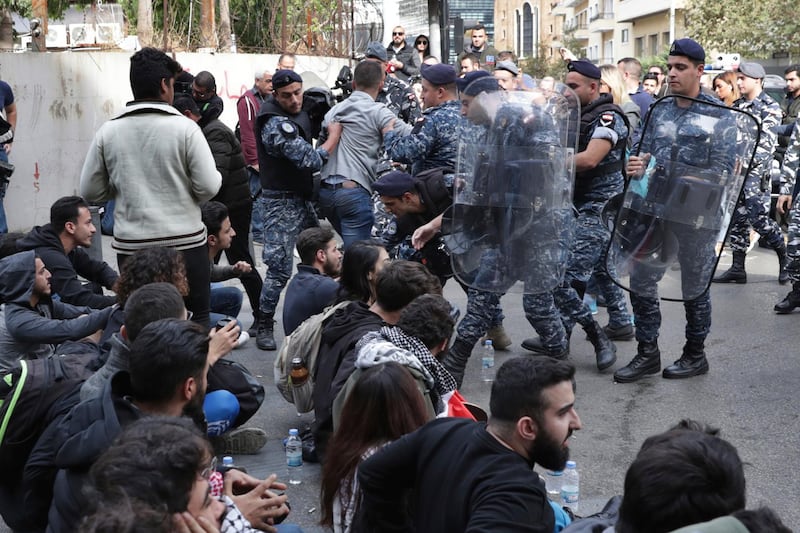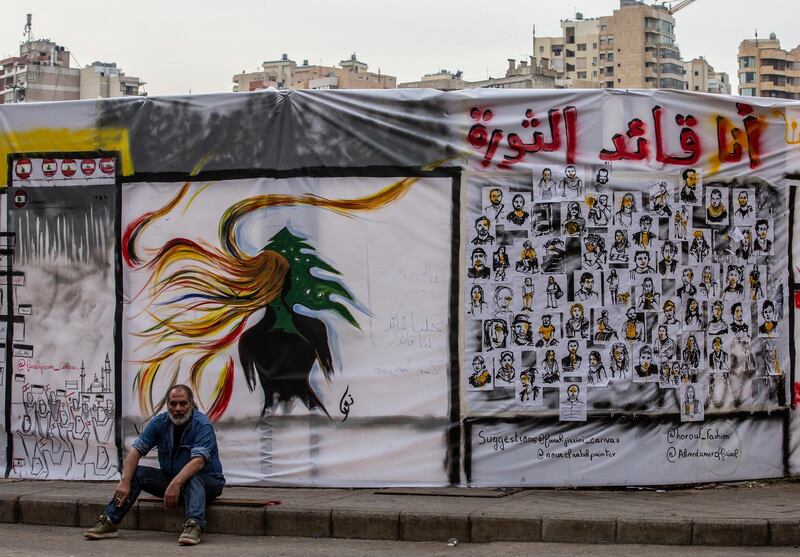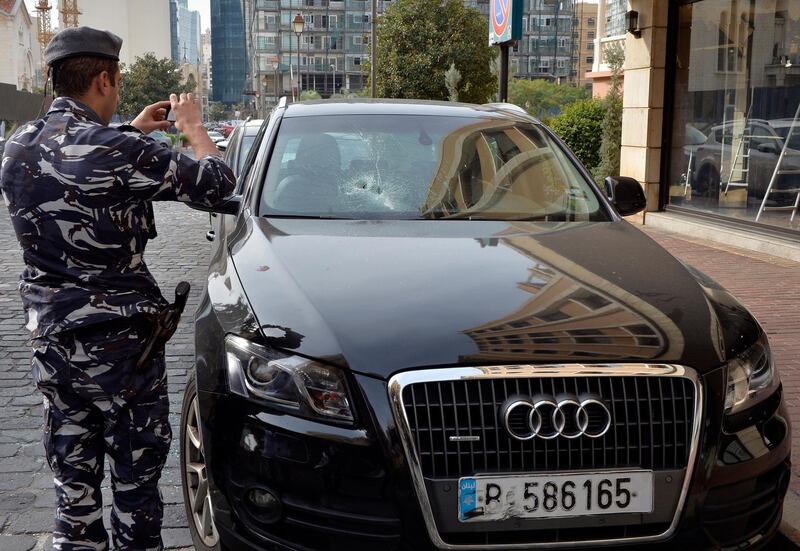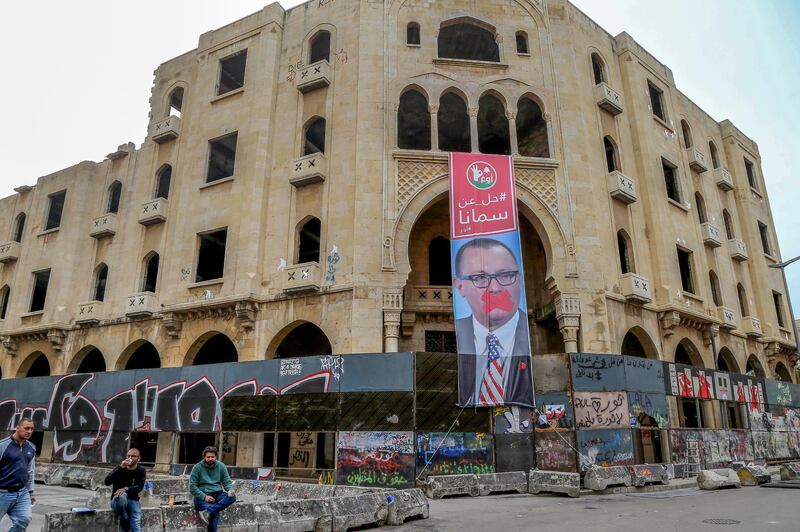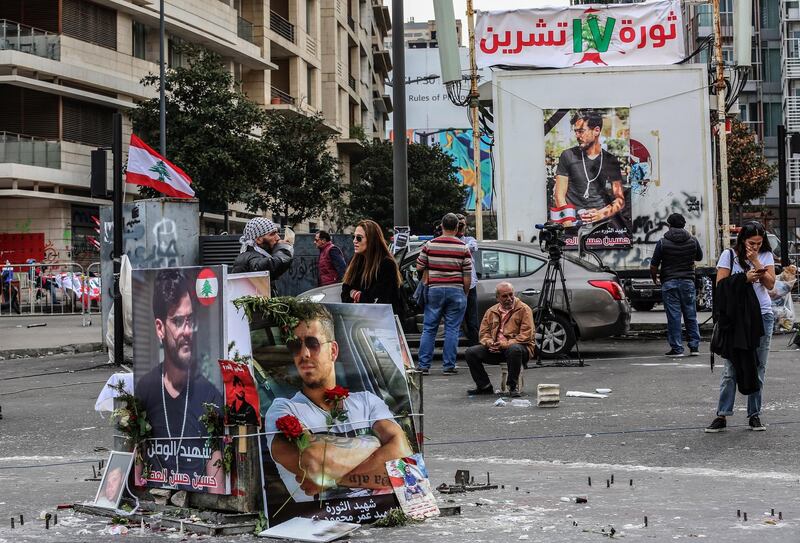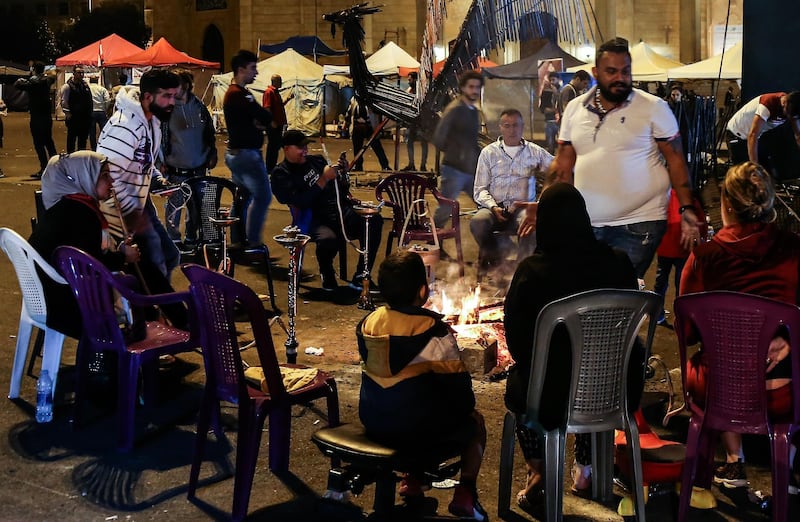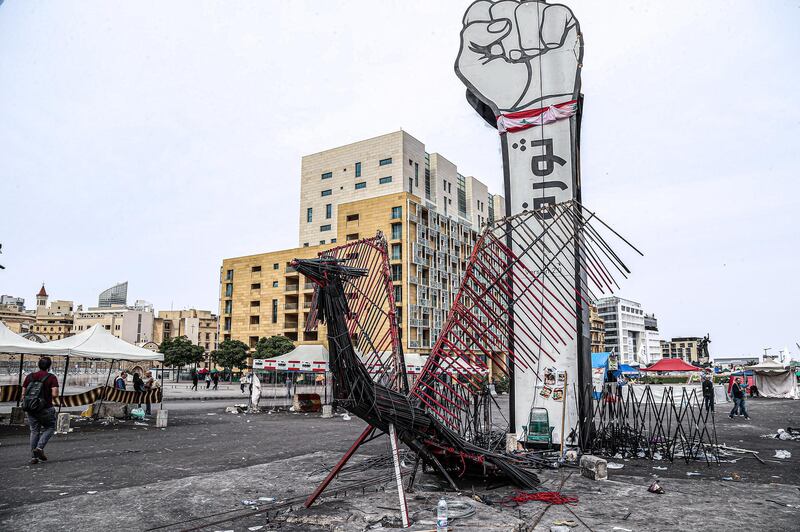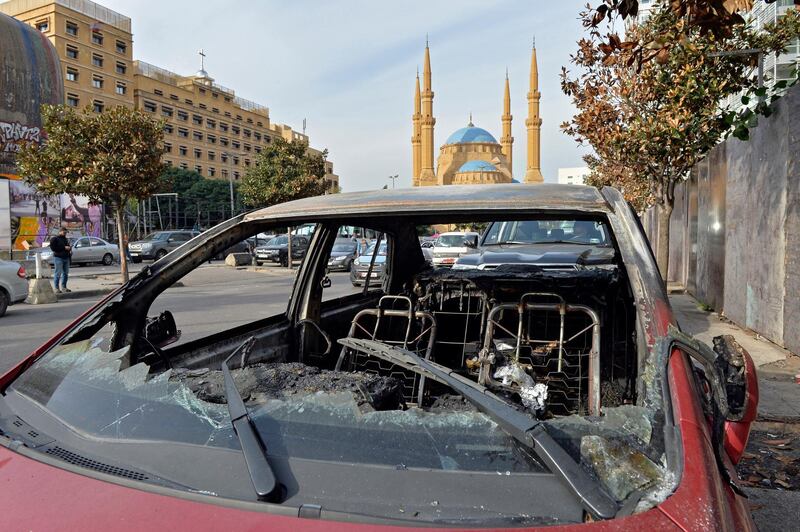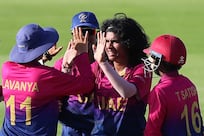A man fired hundreds of rounds into the air from a rifle as another stood in the middle of a street, took aim, and fired a rocket-propelled grenade into the sky.
Convoys of men on mopeds circled the Lebanese capital of Beirut, gunfire echoed through several neighbourhoods around the country and tents in the south were pulled down and set on fire.
On Monday night, it seemed as though the gathering momentum of Lebanon’s month-long protest had finally hit the most worrying roadblock in its demand for a competent, non-sectarian government – Hezbollah and its arms.
But protesters picked up the pieces on Tuesday and while the mood was more muted than it has been in recent days, it was far from defeated.
Since October 17, near-daily rallies have paralysed Lebanon, eventually forcing Prime Minister Saad Hariri to announce his resignation on October 29, collapsing government.
Since then, politicians have been deadlocked and there remains no sign of a new administration – either one representing the political parties, as sought by many of parliament’s blocs, or the non-political leadership demanded by the streets.
In mid-October, Hezbollah leader Hassan Nasrallah warned that if he orders his supporters to mobilise they would not leave without results. His comments were both an attempt to belittle the mass rallies that have regularly gathered tens or hundreds of thousands in a country of just 4.5 million but also a warning that Hezbollah too could show the strength of its popular support.
While Monday’s actions – just the latest by Hezbollah and its allied Amal Movement – stopped short of a mass Hezbollah mobilisation, they are an attempt to sectarianize a broadly non-sectarian movement.
Sami Nader, the Director of Levant Institute for Strategic Affairs in Beirut, told The National that the incident was not a counter-revolution but a way to reframe the protests in terms that Lebanese leaders have long used.
“It’s like a systematic attempt to drag the revolution onto the sectarian turf because it’s obvious that a revolution that doesn’t carry any political slogan or any sectarian slogans was a huge challenge for them [Hezbollah and politicians] to deal with,” he said.
For decades, before and after the 1975-1990 civil war, much of the political debate in Lebanon has been framed around confession and sect. Each party maintains support by playing the role of protectors of their respective faith.
“The current forces including Hezbollah [want to bend the] curve to where they can be masters of the game and play on the sectarian feeling that ‘we are threatened and we must defend the Shiite rights,’” Mr Nader said.
But the current protests have rejected the well-trodden verse and are demanding a new Lebanon.
Mr Nader said he was confident the latest incidents would not derail the movement.
“This will boost the revolution, it will not back down,” he said. “Most of the people who are on the streets don’t have anything to lose and they are claiming their right.”
Farah Merhi, an accountant in Beirut, had her car set ablaze in Monday night’s chaos. But on Tuesday, she took to social media to share a picture of herself smiling through the burned wreckage. “You burnt my car,” she wrote. “But you will never burn my smile… this too shall pass.”
